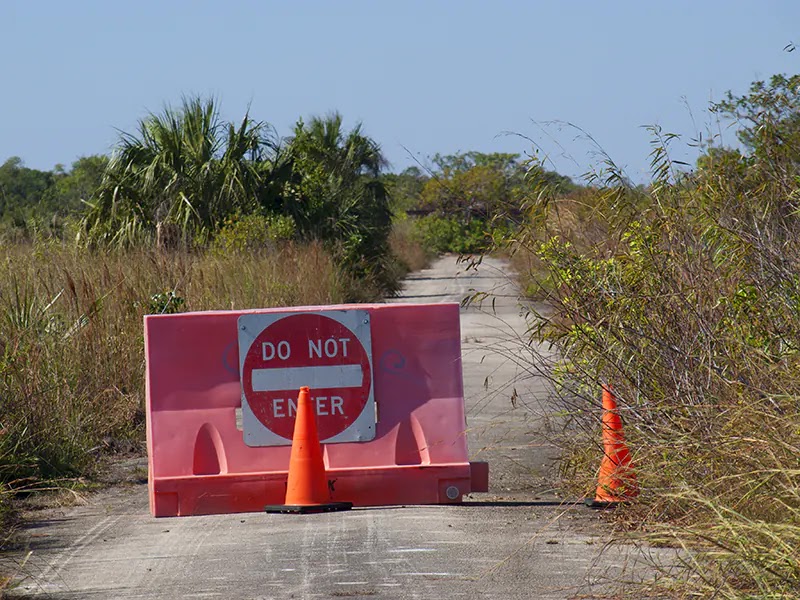Dangerous wildlife: Ticks and mosquitoes
...however secure and well-regulated civilized life may become, bacteria, Protozoa, viruses, infected fleas, lice, ticks, mosquitoes, and bedbugs will always lurk in the shadows...

|
| DEET-based repellant canisters. |
Forget bears, wolves, and snakes. Tiny and more abundant, ticks and mosquitoes are more common risks. Not even the famous Alexander the Great survived the bite of an insignificant and unknown mosquito. While camping and hiking, checking for ticks is a must and the CDC has a good graphic showing where to look for them.

|
| Where to check for ticks - CDC illustration. |
The main danger coming from ticks is Lyme Disease. Ticks are found everywhere - even in cities. When the temperature is over 39℉ (4℃) they go into feeding mode. These little beings are good at sensing heat and carbon dioxide. They are ambushers, crawling on the ground or laying on low grasses waiting for a host. We don't feel their bite and that's why is important to check frequently - Check photos of tick species in this page.
If a tick is found attached to your skin, must be removed quickly using tweezers - grab the tick by the head and pull upwards. Then disinfect the area. Follows a visualization of the process.

|
| How to remove ticks - CDC illustration. |
To protect from ticks and mosquitoes, cover your body as much as possible, treat clothes and gear with repellent, and use also mosquito repellent designed for application to the unprotected skin.

|
| Treatment of clothes - CDC illustration. |
We use permethrin for the gear - clothes, backpacks, hiking shoes, tents, and other textiles. Never use this product on the skin or inhale it - it's toxic to cats, but once dries on the fabric becomes safe to them. One caveat is that its effectivity depends on the mosquito species - go here for images of different species of mosquitoes -, the mode of application, and the subsequent washing of the clothes/gear.
Other points to remember: Don't spray indoors or with the clothes on you. Apply on the outside of the clothes or gear until the fabric gets damp and let it dry.
We use this brand of Permethrin insect repellent - link is affiliate.
To protect the skin, we use Picaridin. This product appears not to cause the health problems associated with the traditional DEET. It's a plant-based repellent that doesn't feel greasy on the skin and doesn't have an unpleasant odor. Also works well for no-see-ums.
We use this Picaridin product - link is affiliate.
Other websites with references on this topic:
- America's most common ticks and how to identify them - Stacker.
- Mosquitoes in the United States - Centers for Disease Control (CDC).
- How to use Permethrin - Centers for Disease Control (CDC).
- Picaridin General Fact Sheet - National Pesticide Information Center
- Ingredient Investigator: Picaridin in Insect Repellents - Consumer Reports.



Comments
Post a Comment